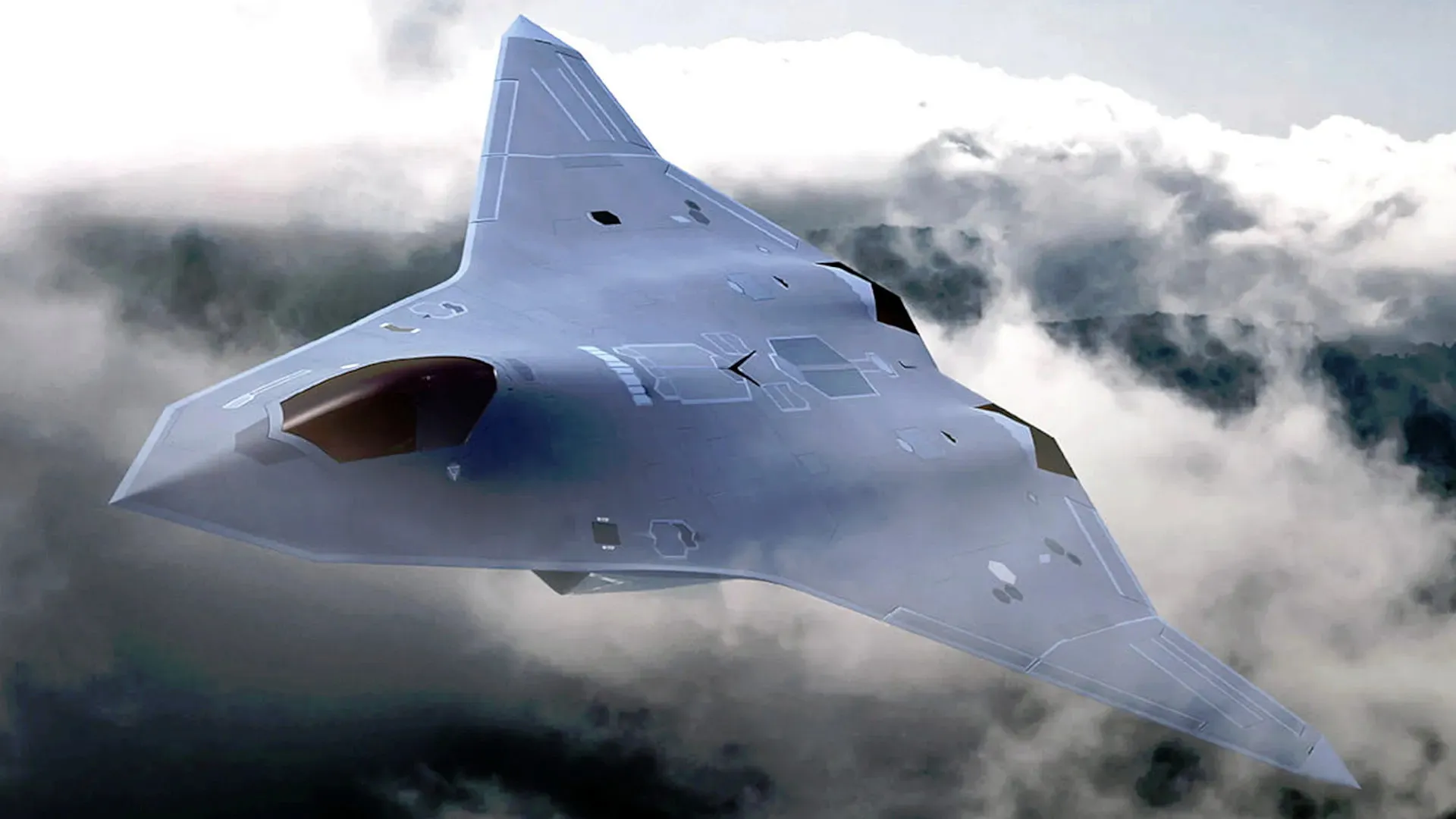
US President Donald Trump personally announced Boeing’s victory in the Next Generation Air Dominance (NGAD) program, alongside Secretary of Defense Pete Hegseth and US Air Force Chief of Staff Gen. David Allvin, during a press conference held in the Oval Office last Friday.
Boeing will be responsible for the development and production of the central platform of the future air combat system: a manned “core platform” designated F-47 (Trump is the 47th President of the United States—a coincidence? Or perhaps a tribute to the legendary P-47 THUNDERBOLT? But these remain speculations…). Both Boeing and its now-former competitor Lockheed Martin had continued to work—despite the program's ups and downs—on demonstrators that, albeit in great secrecy, have reportedly been flying for 5 years.
As for the contract awarded to Boeing, no official details have been disclosed thus far. However, in January, former Air Force Secretary Frank Kendall stated that the NGAD program's development would require at least $20 billion, with an estimated per-unit cost of around $300 million.
The award to Boeing comes after the publication of a comprehensive study about future combat air system, presented by the US Air Force (USAF) at the 2025 Warfare Symposium, organized by the Air & Space Forces Association. The study analyzes the technical-operational aspects of next-generation combat air systems. The USAF concluded that such platforms—understood as amanned "core platform"placed at the heart of a system-of-systems,which includesuncrewed wingmen and a variety of effectors—will be critical to achieve air superiority in future high-intensity conflict scenarios.
Air superiority—defined as the degree of control over the airspace that allows military operations to be conducted in a given place and time without prohibitive interference from enemy air and missile threats—will, according to the study, remain fundamental to achieve success in such conflicts.
The development of the NGAD program,as previously mentioned, had recently been put on hold by the Air Force itself, due to both budgetary concerns and the need to reassess the program’s operational necessity, as well as to clarify key capability requirements. This led to the launch of the USAF’s internal study.
“We tested and evaluated various alternatives, and none proved better than NGAD for achieving air superiority in highly contested environments,” said Gen. Kunkel, Director of the Force Design, Integration, and Wargaming office for Air Force Futures at USAF Headquarters.Echoing his remarks, Gen. Wilsbach, head of Air Combat Command, stated:
“Whatever you want to do on the battlefield—gather intelligence, evacuate casualties, drop bombs, steer ships, or maneuver on the ground—becomes much harder, if not impossible, without air superiority, which remains the foundational element of any military operation.”He further emphasized:
“The appearance of 2 new Chinese fighter jets is proof that even the United States' main competitor believes that air superiority remains essential to success in future conflicts.”The NGAD is fundamentally designed to be the successor to the current F-22 RAPTOR air superiority fighters, with modernized capability requirements aligned to future threat environments, especially in the Indo-Pacific theater. These requirements prioritize large, high-performance manned platforms, offering superior speed, altitude, payload capacity, range, and low observability, as well as cutting-edge avionics featuring advanced radar, networking, and electronic warfare (EW) capabilities.








.png)
